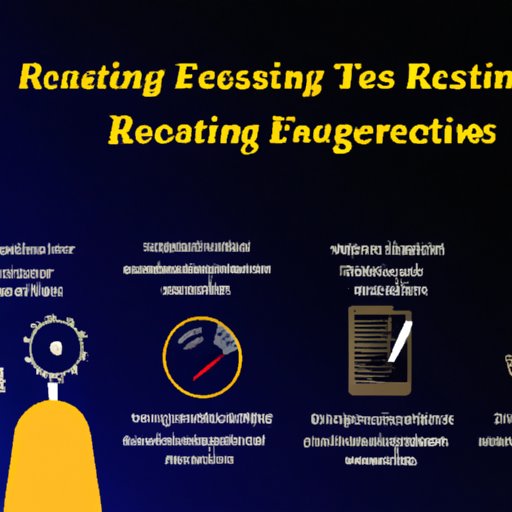Introduction
Regression testing is a type of software testing that verifies that changes made to a system haven’t caused any unintended side effects. It’s an important part of the software development process, as it helps to ensure that the software functions correctly after modifications have been made. As software systems become increasingly complex and the number of changes made to them increases, automating regression testing has become a necessity for many organizations.
Definition of Regression Testing
According to the International Software Testing Qualifications Board (ISTQB), “Regression testing is re-executing test cases to ensure that previously developed and tested software still performs after a change.” In other words, it involves running tests on existing features to make sure they still work as expected after changes have been made. This could include new code, bug fixes, or configuration changes.

Benefits of Automating Regression Testing
Automating regression testing can provide numerous benefits to organizations, including increased accuracy, reduced time and cost, and improved efficiency. Automation also allows testers to focus on more complex tasks, such as exploratory testing and usability testing. According to a study by Forrester Consulting, “Organizations that leverage automated regression testing see an average return on investment (ROI) of over 250%.”
Challenges in Implementing Automation
Despite the potential benefits of automating regression testing, there are several challenges that must be addressed. One of the biggest challenges is the complexity of modern software systems. Automated tests must be able to account for all possible scenarios, which can be difficult to do in a complex environment. Additionally, automating tests can be expensive and time consuming, which can be prohibitive for some organizations.
Steps Involved in Automating Regression Testing
In order to successfully automate regression tests, there are several steps that must be taken. First, testers must identify which tests should be automated. This involves determining which tests are critical to the success of the system, as well as which tests are most likely to fail. Once the tests have been identified, they must be designed and implemented. Finally, the results of the tests must be monitored to ensure that the system is functioning correctly.

Best Practices for Automating Regression Testing
When it comes to automating regression tests, there are several best practices that should be followed. First, it’s important to use the right tools for the job. Automation tools can vary greatly in terms of features and capabilities, so it’s important to find one that meets the needs of the organization. Additionally, leveraging open source solutions can help to reduce costs and speed up the process of automation. Finally, utilizing automation frameworks can help to ensure that tests are consistent and accurate.

How Automated Regression Testing Can Help Improve Software Quality
Automated regression testing can help to improve software quality in numerous ways. First, it can increase accuracy by ensuring that tests are performed consistently and accurately. Additionally, automating tests can reduce the time and cost associated with manual testing, as tests can be run much faster and with less effort. Finally, automation can improve efficiency by allowing testers to focus on more complex tasks, such as exploratory testing and usability testing.
Conclusion
Overall, automating regression testing can provide numerous benefits to organizations, including increased accuracy, reduced time and cost, and improved efficiency. However, it’s important to keep in mind that there are several challenges involved in implementing automation, such as the complexity of software systems and cost and time constraints. By following best practices, such as using the right tools, leveraging open source solutions, and utilizing automation frameworks, organizations can ensure that their automated regression tests are effective and reliable.
(Note: Is this article not meeting your expectations? Do you have knowledge or insights to share? Unlock new opportunities and expand your reach by joining our authors team. Click Registration to join us and share your expertise with our readers.)
